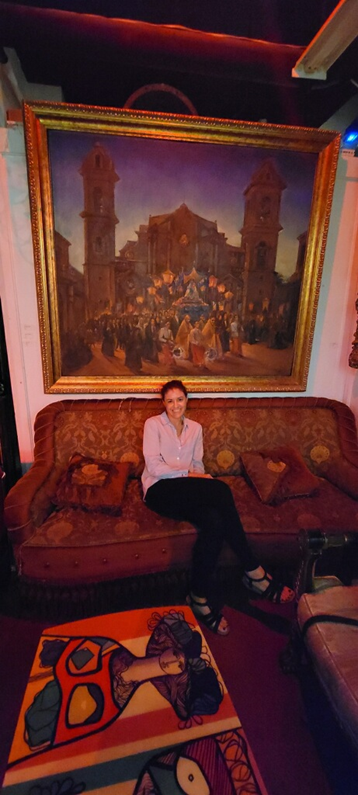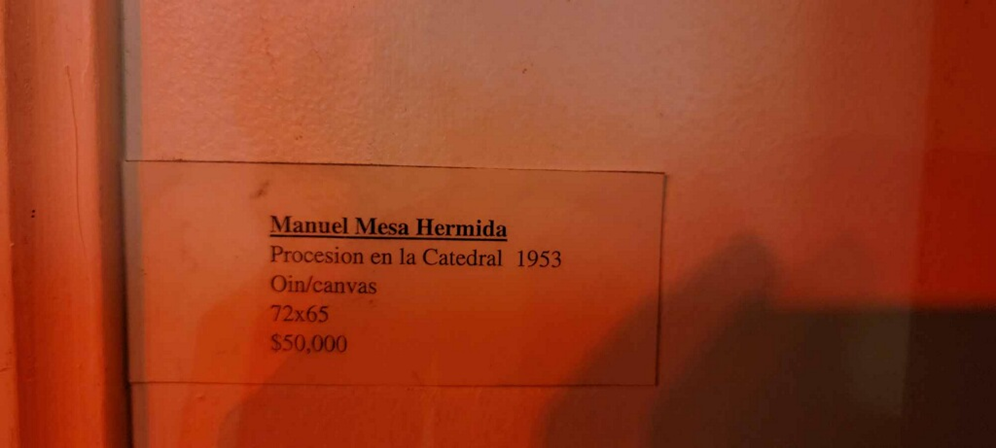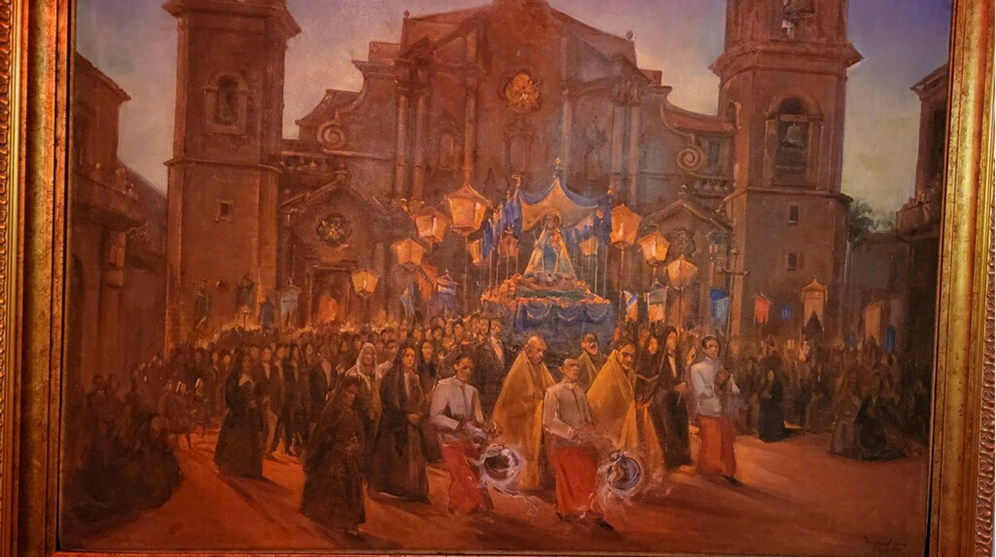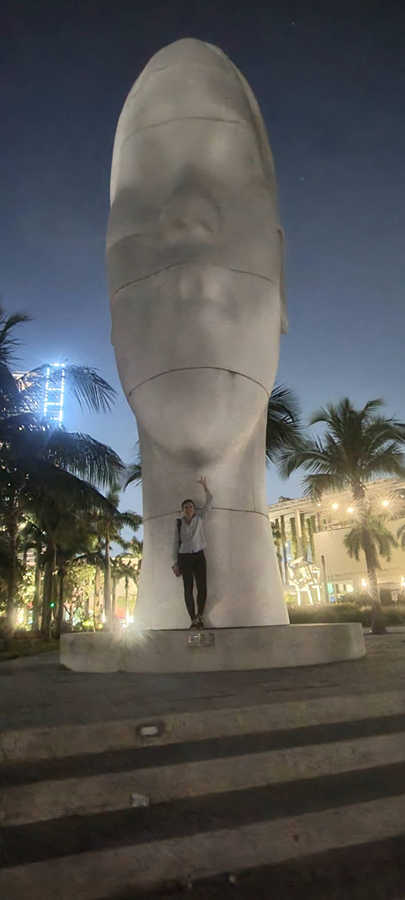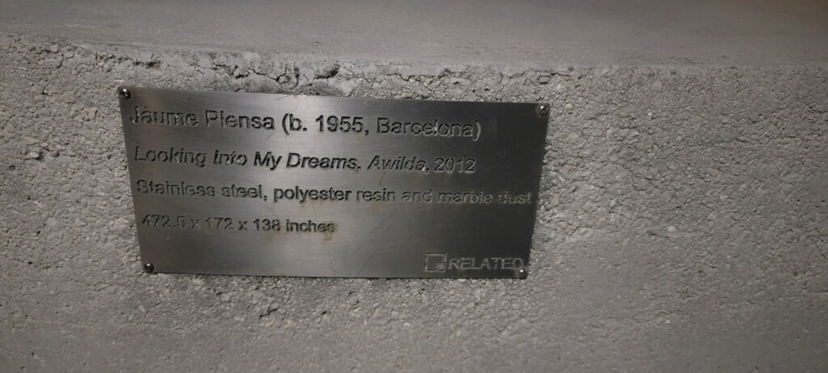Introduction
While exposure to the art world is essential, its genuine understanding is impossible without deep reflection on the basis of acquired knowledge. The current paper was created after visiting The Pérez Art Museum in Miami, and two works of art, a painting and a sculpture, were chosen for research and analysis. The first part of the study is dedicated to artists and their heritage, while the second part is the analysis of works with the use of art and sculpture elements and how these elements contribute to the perception of these works by readers.
Research
Manuel Mesa Hermida Pacheco and Cuban Visual Arts
Manuel Mesa Hermida Pacheco may be regarded as an outstanding Latin American artist. He was born in Cuba in 1895, and later his family moved to Yucatán, México. There, he was sponsored by the Tarazona brothers, both painters and sent to México City to study at the San Carlos Academy of Painting (“Manuel Mesa Hermida,” n.d.). Later, he moved to Madrid, Spain, and graduated from the San Fernando Academy, a renowned educational facility of fine arts. After returning to Cuba, he continued creating pieces of art, and his mature works included mural scale and traditional paintings dedicated to historical themes and urban landscapes. In the 1960s, Manuel Mesa Hermida Pacheco escaped to Miami and continued working as a member of the Cuban community – there, his large-scale works had a clear political context. He died in 1971 and was buried in Flagler Memorial Park as a famous Cuban painter (“Manuel Mesa Hermida,” n.d.).
Growing up in the early 20th century, Manuel Mesa Hermida Pacheco was substantially influenced by its artistic culture, which was characterized by experimentation and the development of abstraction and expressionism. At the same time, in Cuba, it was the period of Cuban transculturation – due to its history of being a colony and imperialism, Cuba was regarded as a meeting point of American and European traditions, merging its diverse and rich cultural influx with innovations (Story, 2018). In Cuban visual arts, transculturation was determined by the diverse elements of Cuban society, along with the impact of foreign styles, trends, and movements on artists. On the one hand, artists aimed to present a Cuban national identity and national values. On the other hand, they were highly sensitive to changes in the political and social life of the country, reflecting multiple events in their works. Thus, since the 1950s, Cuban visual arts have been used for the manifestation of freedom as the sites of dissidence and resistance (Story, 2018).
Jaume Plensa and His Heritage
Jaume Plensa is an eminent contemporary visual artist, designer, sculptor, and engraver. Although he is known predominantly for his large sculptures, the wide range of his works includes acoustic installations, video projections, and opera sets as well. Plensa was born in Barcelona, Spain, in 1995 and studied at the Llotja School of Art and Design and the Sant Jordi School of Fine Arts (“Short Biography,” n.d.). Living and working in multiple countries across the globe, he cooperated with art schools, institutes, and universities and gave numerous courses and lectures. Plensa received many international awards, including the Government of Catalonia’s National Prize for Fine Art, the Medaille de Chevalier des Arts et des Lettres, the National Prize for Fine Art, Velázquez Prize for the Arts, and the Honorary Doctorate of the Universitat Autònoma de Barcelona (“Short Biography,” n.d.). His works are regularly exhibited in museums and art galleries all over the world (“Short Biography,” n.d.).
In general, the works of Plensa praise the beauty and capacity of humanity. The artist uses conventional sculptural materials, such as steel, glass, and bronze, in combination with unconventional media, including light, sound, and water, to create sculptures that symbolize meaningful insight, the power of dreams, and intricate energy (Farley, 2022). Moreover, Plensa frequently uses the figures of people as symbols of shared humanity that remain universal regardless of differences in cultures, values, and perceptions of the world. In addition, as pieces of modern art, his works represent both community-based and corporate values, serving as a link between creativity and business and “encouraging local community participation in the public art commissioning process” (Farley, 2022, p. 7).
Analysis
Procesion en la Catedral
Procesion en la Catedral is a painting created by Manuel Mesa Hermida Pacheco in 1953. While its name does not provide sufficient information concerning the depicted place and event, it is highly likely that the cathedral is Havana Cathedral, and people are gathered due to the procession on the day of the Virgen de la Caridad de El Cobre, the Patron Saint of Cuba. The painting attracts viewers’ attention through its colors, rich hues, and deep tones that obviously have a symbolic meaning. In particular, it has two color schemes that contrast with each other – saturated blue and brown. In particular, brown and other dark colors symbolize people and worldly life, while the Lady’s figure and the sky of the same blue color are the symbols of divinity, purity, and life after death. At the same time, lanterns and priests’ clothes united by the yellow color tell viewers that the Church and its men may help people to become closer to God.
In addition, the contrast between worldly life and life after death is highlighted by a painting’s lines – thus, while people and the cathedral are depicted in detail and with the use of all types of lines, including vertical, horizontal, and curved, short, and long ones, the sky remains clear. In this way, an artist aimed to show the vanity of people in comparison with the tranquility provided by God. Finally, the painting’s composition with the Lady and a related procession in the foreground demonstrates the importance of religion.
Looking into My Dreams, Awilda
Looking into My Dreams, Awilda is a sculpture created by Jaume Plensa in 2012, using stainless steel, polyester resin, and marble dust. It is an elongated-shaped head of either a young man or a woman, regardless of the fact that Awilda is a girl, with closed eyes and a calm face expression. The color of the sculpture is white, and its form is rounded – in other words, the work does not have straight lines and corners. Moreover, the combination of different textures provided by materials that were used for the sculpture’s creation is its peculiar feature. In general, with the help of these elements, the author aimed to create an image of humanity presented in a person regardless of gender, culture, and other individual differences. Moreover, closed eyes symbolize the importance of the inner world, the ignorance of seeming issues, and a focus on the essence of things.
Conclusion
This paper refers to the analysis of a painting Procesion en la Catedral and a sculpture Looking into My Dreams, Awilda, along with research dedicated to their authors. On the basis of this study, it is possible to conclude that every piece of art has its own meaning presented through particular elements, and it is important to know how to assess it. In general, visiting an art facility with a subsequent analysis of its works may be regarded as a beneficial experience that contributes to a better understanding of the art world.
References
Farley, R. (2022). ‘Welcome to the North’: Public art, place-marketing and the Northern imaginary. Visual Culture in Britain, 1-17. Web.
Manuel Mesa Hermida. (n.d.). Cernuda Arte. Web.
Short Biography. (n.d.). Jaume Plensa. Web.
Story, I. (2018). Debating the revolution: The evolving role of the visual arts in Cuba. Journal of Languages, Texts, and Society, 2(2018), 4-24.
